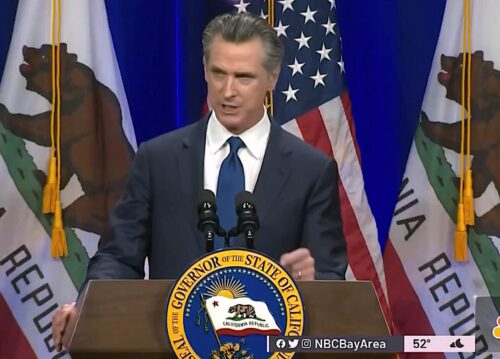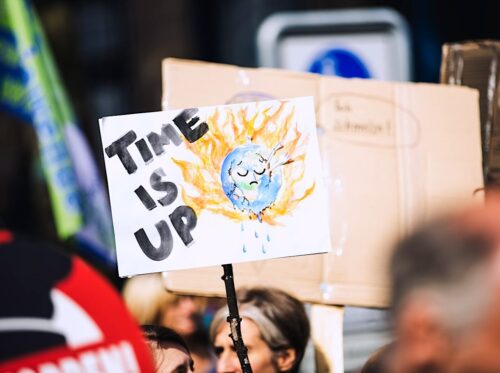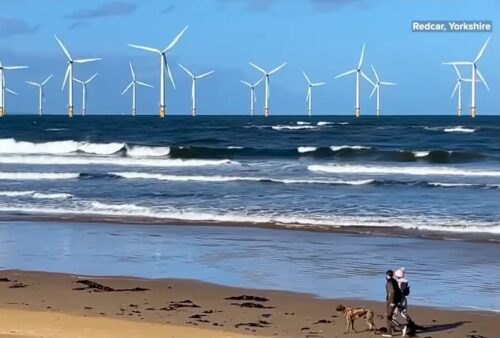My science paper on the modulation of ice aces and interglacials has been published, at last. It is an interesting study that demonstrates that CO2 is only a bit-player in the drama of world climate, while the main characters are ice, dust and albedo.
* * * * *
Why do ice ages occur? Surprisingly, even after many decades of paleoclimatic research we simply do not know for sure. Most scientists will agree that ice age cycles have something to do with precession: the slow wobble of the axis of the Earth. The ancient Egyptians and Greeks knew of precession and called it the Great Year, because it gives warm and cool seasons over its approximate 23,000-year cycle. But there is a problem with invoking the Great Year as the regulator of ice ages, because we should really get an interglacial warming every 23,000 years or so. And we don’t – they only happen every fourth or fifth Great Year.
But why should the global climate give a selective response to orbital warming and cooling? (Called ‘forcing’ in the climate trade.) This is one of the great unknowns of modern science. Many suggestions have been made, from interstellar dust blocking sunlight to the weight of the ice sheets depressing the lithosphere and warming the ice. And yet all of these theories share one thing in common – they stretch credulity. The only thing that is certain, is that the science is not settled in this area of climate research.
But a new peer-reviewed theory by independent researcher Ralph Ellis may have unlocked this perennial conundrum of paleoclimatology.*1 And considering the myriad implications that flow from this theory, its mechanism is nevertheless very simple to understand. What we need is a selective feedback system that can act either in concert with or in opposition to, the warming and cooling provided by the ~23,000-year Great Year. At present it is claimed that this feedback agent is CO2, because CO2 is a warming agent and its concentrations do indeed rise and fall with the ice ages. But there is a big problem with this assertion, because when CO2 concentrations reach a minimum in the depths of the ice age, the world warms. And when CO2 concentrations reach a maximum during the warm interglacial period, the world cools. And yet this is the very opposite of what should happen if CO2 was the primary warming feedback agent.
This is where the new theory by Ralph Ellis shifts the paradigm, and the primary character in this new climatic drama is albedo – the reflectivity of the Earth. Obviously polar ice sheets are highly reflective, they have a high albedo, and reflect up to 90% of the incident sunlight during the all-important northern summer. The cooling effect from this high albedo allows the polar ice sheets to slowly grow, year after year, and slowly reflect more and more incident sunlight in the process. And this ice-albedo reflection mechanism is so strong, it can even resist the next Great Summer when northern sunlight (insolation) is once again at a maximum, which is why some Great Summers produce no global warming whatsoever.
Modulation of ice ages via precession and dust-albedo feedbacks.




















